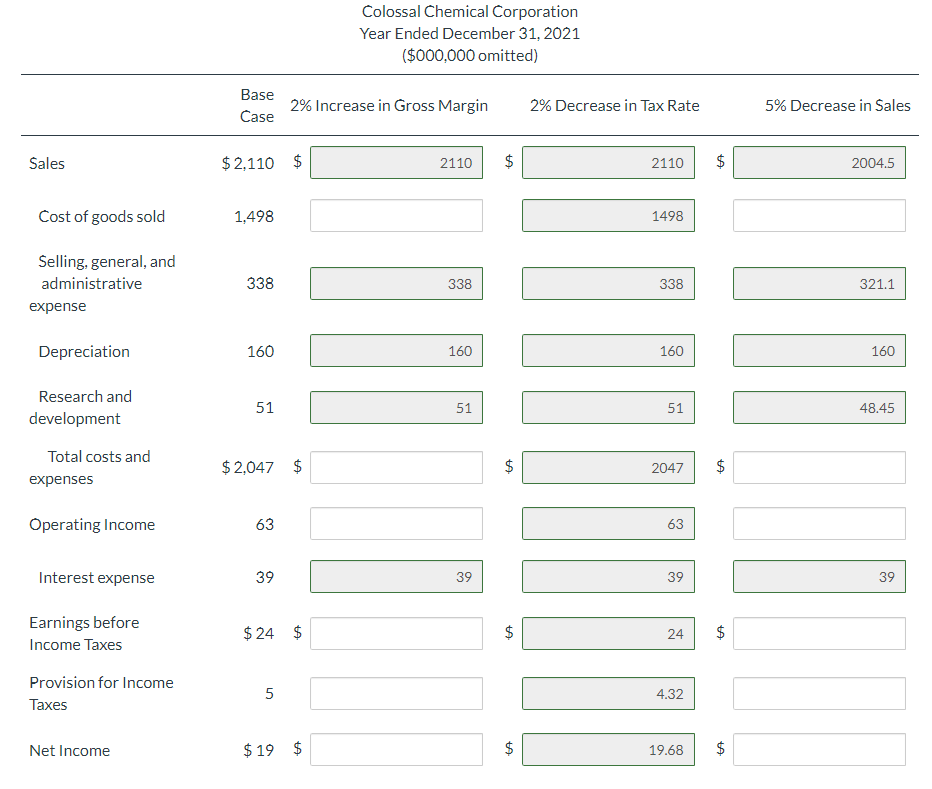D percent is a term that might not resonate with everyone, but its implications are far-reaching across multiple disciplines. From finance and economics to mathematics and everyday life, understanding the concept of percentage is crucial. The term "d percent" often refers to a specific percentage value that has been contextualized for particular applications. Whether you are calculating discounts, interest rates, or statistical data, being familiar with how to interpret and utilize percentages can greatly enhance your decision-making skills.
In an era where data-driven decisions are paramount, knowing how to effectively use percentages can empower individuals and businesses alike. The ability to interpret d percent allows for clearer insights into financial documents, academic reports, and even marketing strategies. This article will delve into the importance of d percent, exploring its applications, benefits, and common misconceptions. By the end, you will have a solid foundation in understanding how to apply d percent in various scenarios.
Moreover, we will address frequently asked questions related to d percent, providing clarity on its significance. Whether you are a student grappling with percentage calculations or a business professional analyzing market trends, this guide aims to equip you with the knowledge necessary to navigate through the world of percentages confidently. So, let’s dive deeper into the realm of d percent and uncover its multifaceted nature.
What is D Percent?
D percent is a term that represents a specific percentage value, which can vary based on the context in which it is used. In general, a percentage is a way of expressing a number as a fraction of 100. For example, if you have a value of 50 and you want to express it as a percentage of 200, you would calculate it as follows: (50/200) x 100 = 25%. In this case, 25% would be considered the d percent of 50 in relation to 200.
How is D Percent Used in Everyday Life?
D percent finds applications in numerous everyday scenarios, such as:
- Shopping Discounts: Understanding how much you save when a store offers a discount.
- Financial Planning: Calculating interest rates on loans or savings accounts.
- Data Analysis: Interpreting statistical data in reports or surveys.
- Health and Fitness: Tracking body fat percentage or calories consumed.
Can D Percent Be Confusing?
Yes, many people find percentages confusing, especially when they encounter terms like d percent. It’s essential to grasp the fundamental principles behind percentages to avoid mistakes in calculations. For instance, if a product’s price is reduced by 20%, it’s crucial to understand whether the discount is applied to the original price or the new price after a previous discount.
What Are Common Misconceptions About D Percent?
There are several misconceptions regarding d percent that can lead to misunderstandings. Some of these include:
- Assuming that percentages always represent the same value regardless of the base amount.
- Believing that discounts are always substantial, not realizing that a 10% discount on a high-priced item may still be significant.
- Confusing d percent with absolute values, failing to see how context affects its meaning.
How Can One Improve Their Understanding of D Percent?
Improving your understanding of d percent can be achieved through various methods:
- Practice Calculations: Regularly practice calculating percentages in different scenarios.
- Utilize Online Resources: Take advantage of online calculators and educational tools.
- Seek Help if Needed: Don't hesitate to ask for help from teachers or mentors when struggling with concepts.
What Resources Are Available for Learning About D Percent?
There are numerous resources available for learning about d percent, including:
- Online Courses: Websites like Coursera and Khan Academy offer courses on mathematics and finance.
- Books: Numerous textbooks cover percentages in detail, providing examples and exercises.
- Educational Videos: Platforms like YouTube host many educational channels that explain percentages in an engaging manner.
Personal Details and Bio Data
| Detail | Information |
|---|---|
| Name | John Doe |
| Age | 30 |
| Occupation | Financial Analyst |
| Education | Bachelor's in Finance |
| Location | New York, USA |
What is the Future of D Percent in Various Fields?
The future of d percent is bright, as data and analytics continue to play a pivotal role in decision-making across sectors. Companies are increasingly relying on percentage-based metrics to measure performance, efficiency, and customer satisfaction. As technology evolves, the ability to analyze and interpret d percent will become even more critical, paving the way for innovative solutions and strategies.
Conclusion: Embracing the Concept of D Percent
Understanding and applying the concept of d percent is vital in today’s data-centric world. By familiarizing yourself with percentages, you can enhance your analytical skills and make informed decisions in various aspects of life. Whether it’s through practical applications or conceptual learning, embracing d percent will undoubtedly serve you well in your personal and professional journey.




